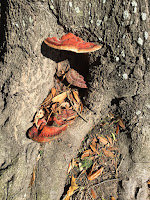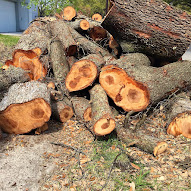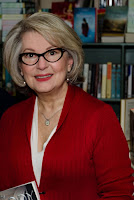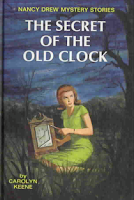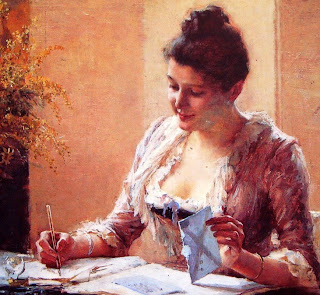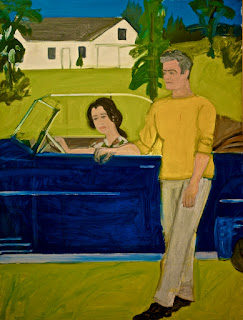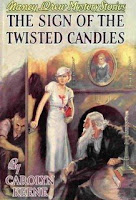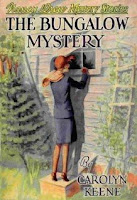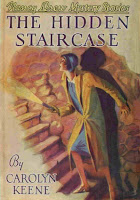By Kay Kendall
If you watched me go
about my life these days, you would think you know where I live. You would say, why, that’s
a snap to answer. She lives in Texas. Look, there’s her house on that Houston
street. You can look her up on Google Maps.
Yet, strangely, you would
only be partly right. In fact, only one-third correct in your answer—to be
exact.
Sure, there’s my normal
life and it’s lived in Houston. But to that you must add the year 1969. Living
in that year makes up the second third of my life these days. That’s when my
work-in-progress takes place, Rainy Day
Women. I’ve been living in that world for more than a year now. Moreover, for
two years prior, I was living in 1968—the year when my debut mystery is set, Desolation Row. Hence, I have been
spending lots of time in the late 1960s for many years now. In fact, I’m going
deeper and deeper into the detailed past the longer I write about the late
sixties.
(I have a vivid
imagination and a good head for detail. I’m surprised when people don’t
remember things as I do. Some get downright anachronistic, wanting to put cell
phones into a plot where they don’t belong. Boy oh boy, can technology change a
story—or ruin it if it’s done incorrectly. But, I digress.)
The third and final piece
of my life is now lived online. I’m a gregarious person and as my career as an
author has solidified, I’m staying put in my writer’s lair more often than I
used to. My husband and I are living a quiet life. So, to reach out to other
people, I go to social media several times a day. The majority of that time is
spent on Facebook.
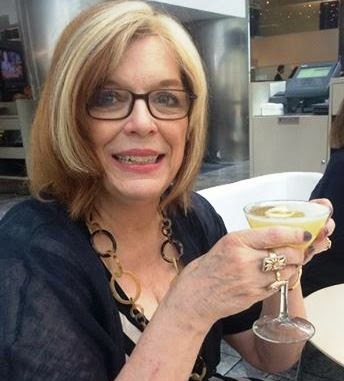 |
| Kay says CHEERS to Facebook! |
Many of my Facebook
friends are boomers, as I am. I can start up a thread on a hot topic from the
1960s or 1970s and watch folks chime in. Then they share my head space with me.
I enjoy that a lot. This week’s subject has been what people remember about the
Watergate saga. Some of the answers have fascinated me. One man had a neighbor
who was one of the good guys attached to the Watergate investigation. Another
woman worked for a polling firm in Washington DC that compiled data for the infamous Committee to Re-Elect the President (later nicknamed CREEP, no kidding). She recalled going to the airport to pick up documents and delivering them to the office of the special prosecutor for Watergate…and found it a fascinating time to live in the national’s capital. Since I’m a history
buff, I would have loved that too, although I’m sure many would disagree.
The great crime writer
Tim Hallinan began a thread on his Facebook page a few days ago that asked his
friends to nominate their favorite rock albums. Well! You can imagine how
cantankerous that got, with many responders irate that their faves didn’t win.
My pick did not win—it was a Dylan album, naturally—Blonde on Blonde. I was not
irate, however, since I won a free copy of one of Tim’s mysteries. Since the
only other thing I’ve ever won in my life was a flashlight, I was thrilled
beyond words.
On Facebook I’m drawn to
historical detail, interesting trivia, and those silly BuzzFeed quizzes. On the
most recent quizzes, I scored ten out of ten for world history, found out that
the classic novel that best fits my personality is Pride and Prejudice, and was told that among Jungian archetypes I turn
out to be the sage.
Two fascinating posts
hooked my interest over the past week. First, one FB friend had discovered a
parakeet in her backyard. She wasn’t able to find the owner but did turn up a
neighbor who had also lost her parakeet. The neighbor agreed to take the bird,
vowing to search for the real owner and if s/he wasn’t found, then she would
adopt the lost bird. People commented on this, explaining similar situations.
This was fun and interesting. Sadly, a second Facebook friend lamented that her
sister who suffered from angina had died. The sister had forgotten to carry her
nitroglycerine tablets. When she had an attack, no one could revive her. That true
story devastated me.
I guess I’ve always lived
in my head. As an only child, I read a lot, as many potential writers do. I
just didn’t know that at the time. First it was horse stories and fairy tales,
then Nancy Drew and Little Women,
followed by the grand Jane Eyre. After
that it was more and more classics. Someone told me I should read all the
classic novels in order to be prepare for my SAT tests, and boy, did I go at
it. At sixteen I was far too young to appreciate the finer points of Anna Karenina, but I could tell you the
plot of it and dozens of other great novels.
Last summer I went back to
Kansas for my high school reunion. Along with a few dear, long-time friends I
trotted around our old high school building and reminisced. Pal Nancy could
tell each of us where our lockers had been and where our homerooms were. Most
of us had no idea, although I was more clueless than most. I’m guessing I was
lost in my head back then too. Nancy, however, must have been fully present in
order to recall all that detail of her life in high school.
Do you live in your head
a lot, like me? Do you enjoy Facebook? Do you have another favorite among the
social media types? Or do you loathe the whole scene?
That’s all I’ve got for
now, my friends. I feel the comments on Facebook tugging at me. Excuse me while
I succumb to their sirens’ song.
+++++++
Kay Kendall set her debut novel, Desolation Row—An Austin Starr Mystery,
in 1968. The Vietnam War backdrop illuminates reluctant courage and desperate
love when a world teeters on chaos. Kay’s next mystery, Rainy Day Women (2015) finds amateur sleuth Austin Starr trying to
prove a friend didn’t murder women’s liberation activists in Seattle and
Vancouver.
Kay is an award-winning international PR executive living in Texas
with her Canadian husband, three house rabbits, and spaniel Wills. Terribly
allergic to bunnies, she loves them anyway! Her book titles show she’s a Bob
Dylan buff too.
